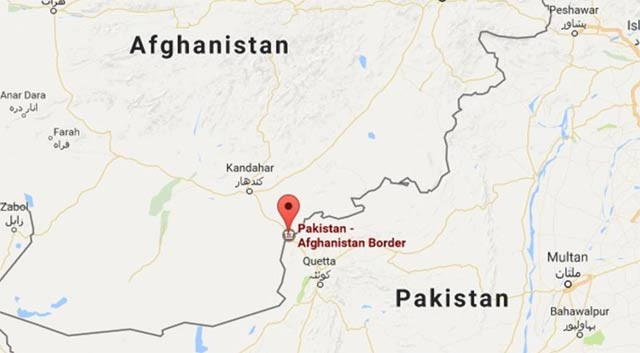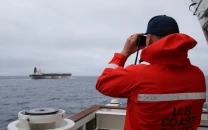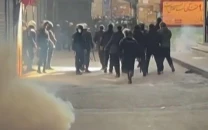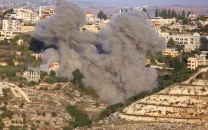Pakistan, Afghanistan to use Google Maps to settle border row
'Technical teams of both countries will use GPS and Google Maps as well as other means to get the answer'

Pakistan and Afghanistan plan to use Google Maps to help settle a border dispute that led to deadly clashes last week, officials from both sides said Monday.
At least eight civilians were killed on both sides in fighting that began when a Pakistani census team accompanied by soldiers visited disputed villages along the southern border on Friday.
No intention to destabilise Pakistan, says Abdullah
Pakistan inherited its 2,400-kilometre border with its western neighbour when it gained independence from Britain in 1947, but Afghanistan has never formally recognised it. And while official Afghan maps reflect the so-called "Durand Line", many nationalists believe the true border of their country ends at the River Indus that runs though Pakistan and gave India its name.
"Officials from the geological survey departments of the two countries will conduct a survey, and they will also make use of Google Maps," said a senior Pakistani security source in Islamabad who requested anonymity.
Abdul Razeq, the police chief of Afghanistan's Kandahar province, added: "After negotiations, both sides have agreed that a geological survey should be conducted. "Technical teams of both countries will use GPS and Google Maps as well as other means to get the answer."
Internet firm Google complies with local laws in certain countries that compel it to show borders in line with national demands. For instance, its Indian site shows the entirety of Indian-held Kashmir as controlled by India.
Pakistan army kills 50 Afghan troops in Chaman: IGFC
In Pakistan, however, the site shows the internationally recognised de facto border, the Line of Control, marked with a dotted line to denote it is disputed. In 2010 Google was embroiled in a Central American border dispute that saw two neighbouring countries dispatch troops and heavily armed police to their joint border.
The incident happened after a Nicaraguan commander cited Google's version of the border map in an interview with Costa Rican newspaper La Nacion to justify a raid on a disputed area of Costa Rica.
Google later said it had made a mistake and corrected its map to reflect one sanctioned by the US State Department.
Pakistan last year began trying to harden the traditionally soft border with Afghanistan through trenching and fencing, but its efforts were met with hostility from Kabul. Ethnic Pashtuns living in the region have traditionally paid it little heed. Villages straddling the frontier have mosques and houses with one door in Pakistan and another in Afghanistan.
Pakistani forces on Sunday elevated their rhetoric when they said they had also killed "more than 50 soldiers" in last week's border clashes -- a claim quickly rejected by Kabul, which said it lost two soldiers.
[brid video="138569" player="7247" title="Pakistan Afghanistan to use Google Maps to settle border row"]



















COMMENTS
Comments are moderated and generally will be posted if they are on-topic and not abusive.
For more information, please see our Comments FAQ